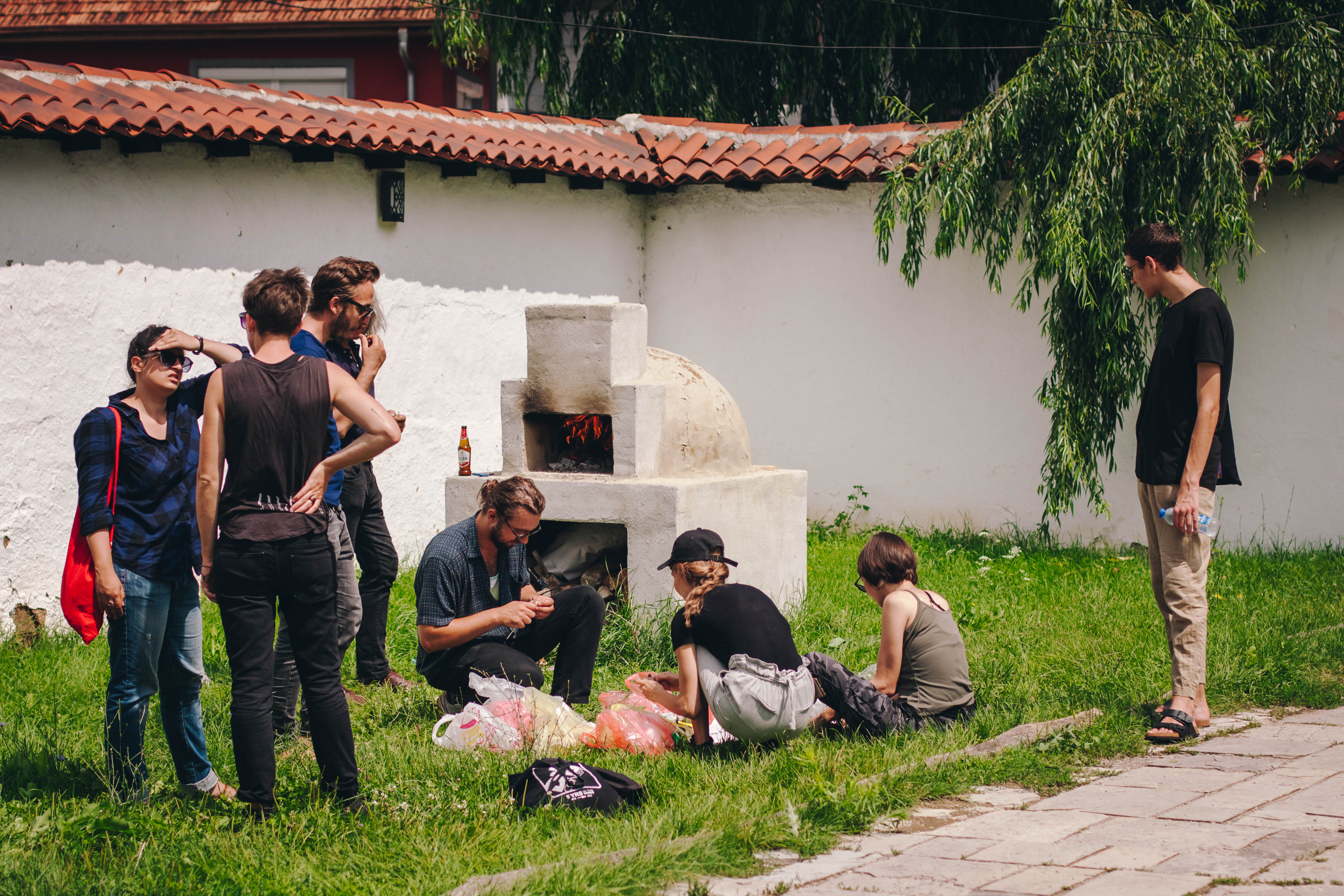
Course 5: Experience of Unknown and Politics in Art
Course by Bernhard Rüdiger
July 23 – August 1, 2018
Course description
There seems to be an invisible and unspoken boundary that splits the contemporary art world in two separated blocks. One side of contemporary art is less engaged in political issues- in this part of the art world you can easily talk about “shape” or “form”, about creative freedom or inventive process- and the other side is where the political issue stay in foreground, where the process of demonstration, documentation and critical exercise plays a decisive role. “Experience of the unknown and politics and art” will seek to find a flaw in this unspoken boundary, and try to reconnect creative freedom, “l’art pour l’art”, with critical and political attitudes in contemporary art. The starting point will be a practical collective exercise of perception and action, with the project hopefully resulting in a new and unexpected production of personal attitudes. This practical collective workshop is based on reading some of the main figures of FLUXUS — like Beuys or Nam June Paik — and their interpretation of the creative and critical ideas of the main figures of the “Sturm und Drang”, movement of German poets and writers, Johann Wolfgang von Goethe and Friedrich Schiller. Simply put, the class is a practical, personal and collective working experience that seeks to reconnect demonstration processes and the experience of the unknown in art production.
Biography
Bernhard Rüdiger was born in Italy (Rome, 1964) and lives and works in Paris. He graduated from the Accademia di Belle Arti in Milan with Luciano Fabro, and teaches today in Lyon, after stints as a teacher in Tours and Valenciennes. He is editor of the magazine Tiracorrendo and was co-founder of the artists’ gallery Lo Spazio di Via Lazzaro Palazzi, a busy venue in the Milan art scene from 1989 to 1993. His works confront visitors with a physical experience involving object, body and space. At once sculptures, monumental models and architectural pieces, through their meticulous spatial and acoustic arrangement, his works seek to investigate history, particularly the history of places. One example is in the semi-private garden of the Antonin Perrin residence in Lyon, in which Rüdiger installed a scaled-down model of the two old low-rise buildings destroyed in 2004 during the zone’s renovation, which recall the history of the site and its industrial culture. Rüdiger’s works also propose direct physical experiences and the possibility that the work can react to the visitor’s presence or to natural elements. All of Rüdiger’s projects are systematically accompanied by studies and models in cardboard, wood, iron, etc., as well as drawings, but they are far more than mere stages in a creative process. They constitute part of the fully-fledged work, and are involved in specific presentations in an arrangement encompassing some 30 display stands. (Excerpts from Nadine Labedade, FRAC Centre Orléans).